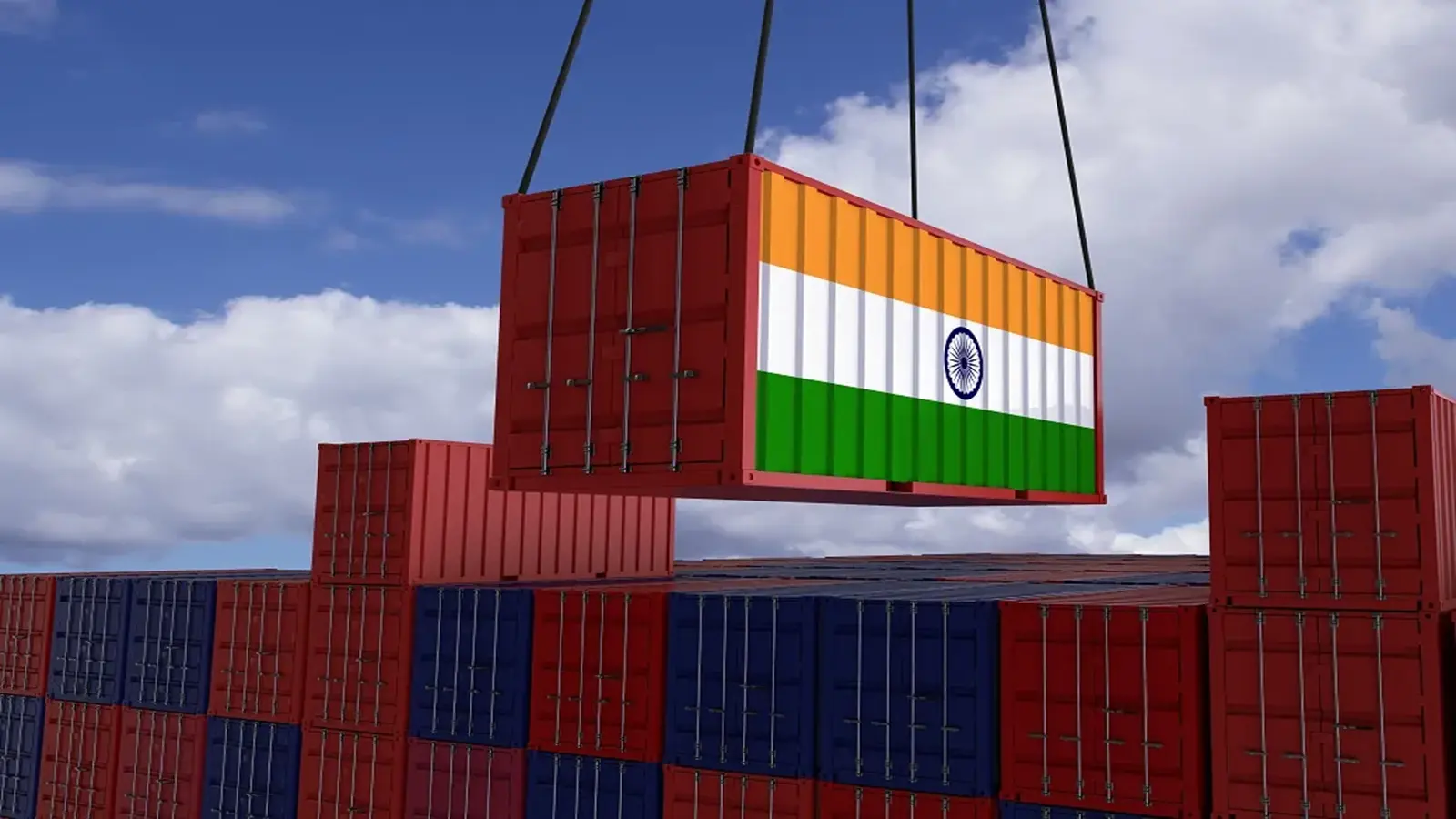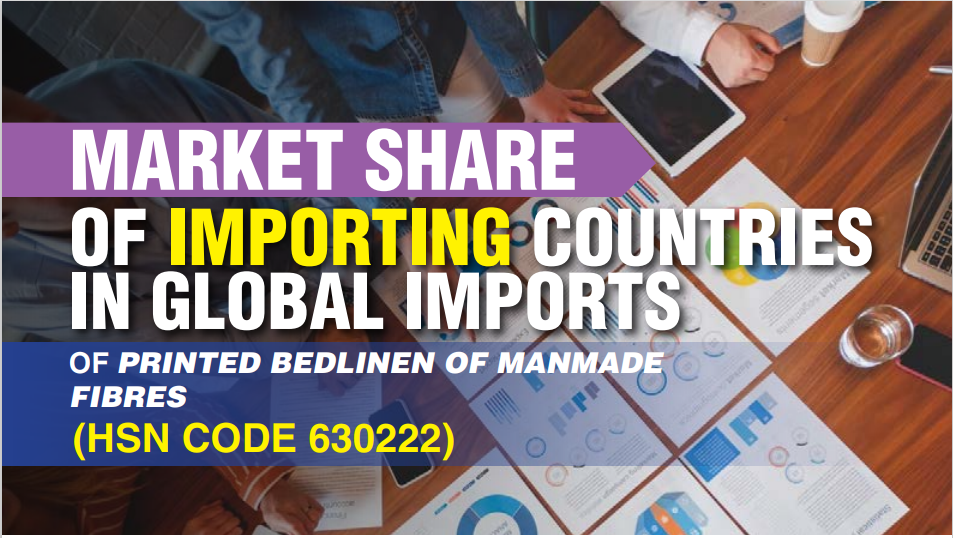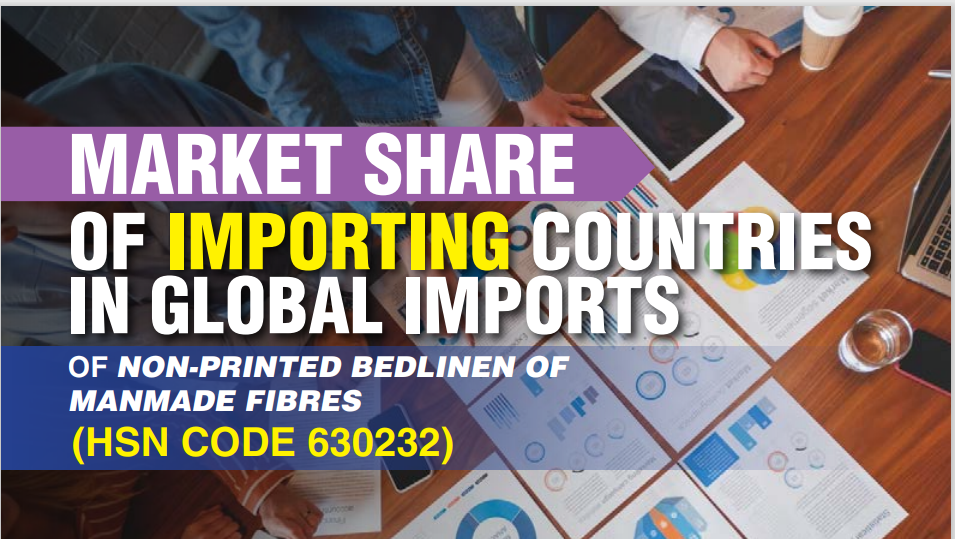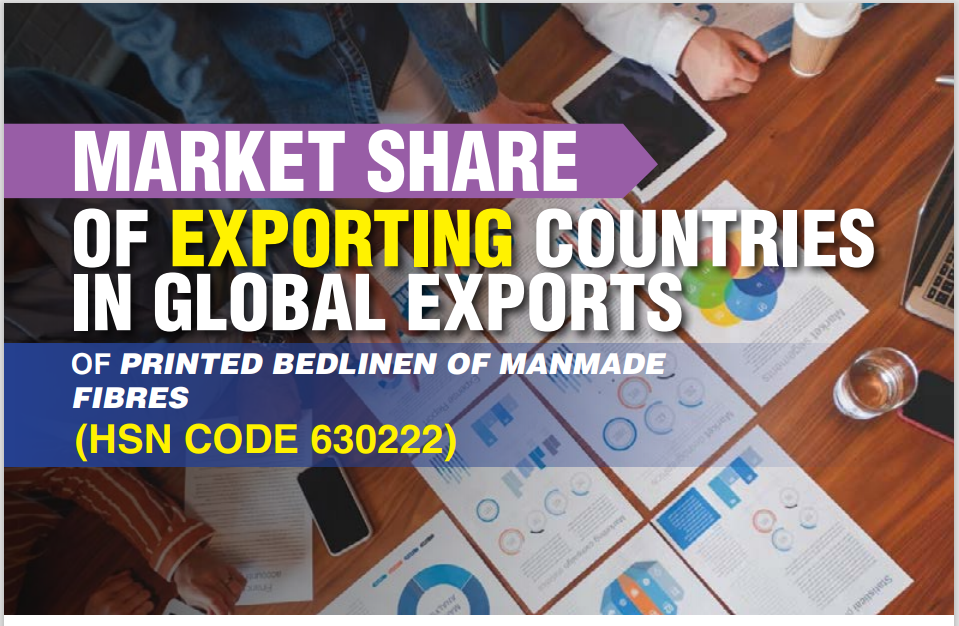CHINESE SUCCESS STORY EXPORTS OF BEDLINEN
Share Post
Key Export Destinations for China’s Bed Linen:
1. United States: The United States received 247,000 tons of bed linen from China, representing 37% of total exports. The volume sent to the United States exceeded that to Japan (the second major destination) by sixfold.
2. Japan: Japan received 45,000 tons of bed linen from China, with an annual growth rate of -1.4%
3. Australia: Australia received 24,000 tons of bed linen, accounting for 3.5% of total exports.
China’s Export of Bed Linen:
• In 2023, China exported approximately 672,000 tons of bed linen, showing a 4.3% increase compared to the previous year.
• The total export volume of bed linen from China has grown at an average annual rate of +1.7% from 2013 to 2023. However, there have been noticeable fluctuations in certain years.
• The peak export volume was 740,000 tons in 2021, but it declined slightly from 2022 to 2023.
• In terms of value, China’s bed linen exports decreased to $5.1 billion in 2023. The trend has been relatively flat, with the most significant growth recorded in 2021 (a 28% increase).
• The United States remains the key foreign market for China’s bed linen exports, accounting for 34% of total exports by value. Japan and Australia are also significant destinations.
Types of Bed Linen Exported from China:
• Bed linen of other woven textiles and non-woven man-made fibers remains the largest type of bed linen exported from China, comprising 62% of total exports by value.
• Bed linen of cotton follows, with a 29% share of total exports.
Success Factors:
• Volume and Growth: In 2023, China exported approximately 672K tons of bed linen, marking a 4.3% increase from the previous year.
• Market Share: China is the top exporter of bed linen made of manmade fibers, with a significant share of the global market.
• Product Diversity: China exports a wide range of bed linen products, including those made of other woven textiles and non-woven manmade fibers, which account for 62% of its total bed linen exports. Reasons for Success:
• Economic Scale: China’s large-scale production capabilities allow for cost-effective manufacturing.
• Infrastructure: Extensive and efficient manufacturing infrastructure supports large volume production.
• Global Reach: Strong trade relations and logistics networks facilitate access to key markets like the United States, which is the largest importer of China’s bed linen. Challenges:
• Market Fluctuations: The export volume has seen fluctuations, with a peak in 2021 followed by a slight decline.
• Competition: Emerging economies like Pakistan, Vietnam, and Bangladesh are becoming competitive exporters, challenging China’s market position.
• Economic Policies: Changes in global trade policies and tariffs can affect export dynamics.
Future Trends:
• Innovation: Advancements in textile technology and the development of new manmade fibers could enhance product offerings.
• Sustainability: There is a growing trend towards sustainable and eco-friendly bed linen, which may require shifts in production practices.
• Market Diversification: Expanding into new markets and strengthening existing trade relations will be crucial for maintaining growth.
China has been a dominant player in the global market for bed linen made of manmade fibers. China’s export performance is likely influenced by its established manufacturing infrastructure and global trade networks. The recent decline could be due to various factors, including global economic conditions or shifts in production to other countries. China’s success in exporting bed linen made of manmade fibers is due to its large-scale production, diverse product range, and strong global trade networks. However, it faces challenges from market fluctuations and increasing competition. Future trends suggest that innovation, sustainability, and market diversification will be key to sustaining China’s export growth in this sector.
10:35 AM, Sep 09
Other Related Topics


Foreign Buyers Forge New Ties at UP International Trade Show
04:21 PM, Sep 30
Government Extends RoDTEP Export Incentive Scheme Until March 2026
03:35 PM, Sep 30



























.png)




31.PNG)

31.PNG)



51.PNG)
41.PNG)





1.PNG)



1.PNG)

